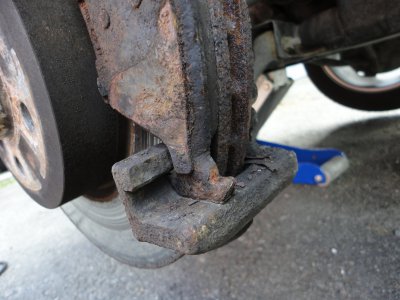I had one of disks om my Land Cruiser skimmed and now it wobbles.:nono:
So, I thought that while I now have my own lathe, should there be any good reason why I can't skim it myself - properly. I would like advice on whether I can use a carbide cutting tool, what speed would be best, etc. I would appreciate any advice, please.
So, I thought that while I now have my own lathe, should there be any good reason why I can't skim it myself - properly. I would like advice on whether I can use a carbide cutting tool, what speed would be best, etc. I would appreciate any advice, please.


